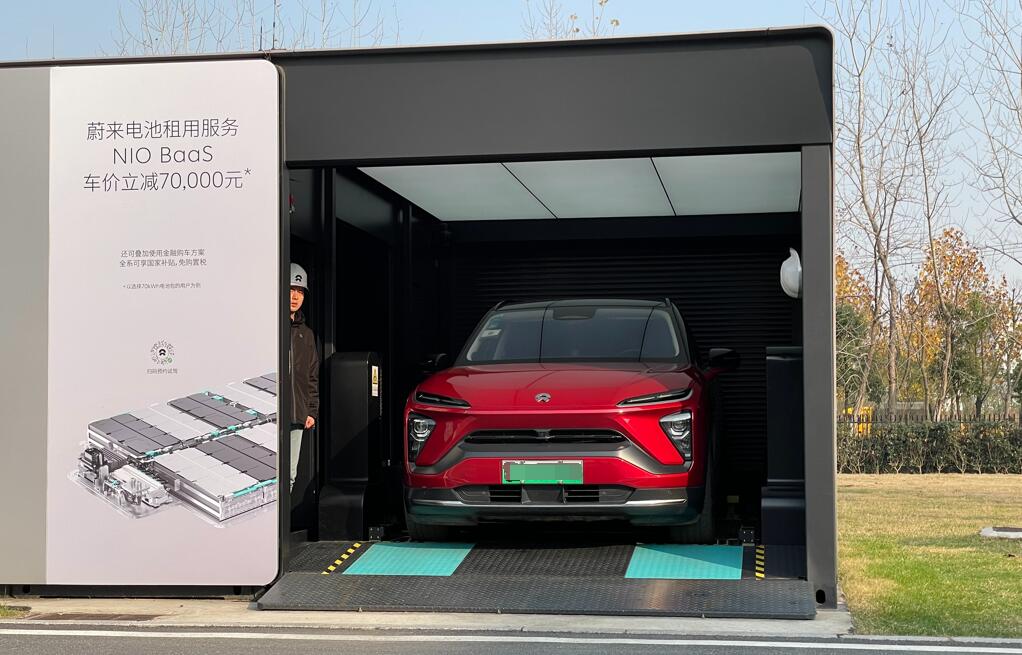This is a set of group standards, which is not mandatory. After the pilot application is mature, it has the possibility of being upgraded to a national standard.
(Photo source: CnEVPost)
A new group standard for battery swap station construction has passed review and is expected to be officially released this year after public comments were solicited in late August.
The standard was reviewed by the China Electric Vehicle Charging Infrastructure Promotion Alliance (EVCIPA) in Beijing last week, where experts focused on the voltage platform and battery pack inclusion dimensions involved in shared battery swap stations.
At the review, the expert group unanimously agreed on the standard, according to an announcement.
(Photo source: EVCIPA)
It is worth noting that this is a set of group standards and is not mandatory. It has the potential to be upgraded to a national standard after the pilot application is mature, according to the Shanghai Securities News.
Xu Yanhua, secretary-general of the China Automotive Battery Innovation Alliance, said at the review meeting that the past Chinese National Day holiday has further highlighted the problem of difficult electric vehicle charging, and that battery swap has the advantages of high efficiency and greater safety.
On August 17, the China Association of Automobile Manufacturers (CAAM) released the draft of the group standard for the construction of shared battery swap stations for electric passenger cars on its official website for comments.
The CAAM has released 15 annexes with 13 parts, including technical requirements for battery swap platforms and devices, communication protocol requirements for battery packs, technical requirements for battery packs, technical requirements for liquid-cooled connectors, technical requirements for battery storage systems, and planning and layout requirements for battery swap stations.
The CAAM said that the standard aims to realize the sharing of battery swap platforms and even battery swap devices, and to achieve preliminary data access and interconnection.
The standard hopes to promote battery swap mode toward more convenience and safety, scale development, and further cost reduction from the perspective of vehicle, battery pack, and battery swap device linkage, the CAAM said.
Entities involved in drafting the technical standard include Beijing Jiaotong University, Nio, Beijing Electric Vehicle Co, and Aulton, a public battery swap station operator.
At last week's review meeting, Dong Yang, chairman of the EVCIPA, said battery swap is one of the important forms of energy replenishment for new energy vehicles and its standardization is becoming increasingly important.
Car companies including Nio, Beijing Electric Vehicle Co, SAIC, Geely, and GAC have their own battery swap solutions, but because the standard is not unified, each car company is on its own, as noted in a report by Shanghai Securities News.
The standard was developed to promote the sharing of battery swap stations, the report said.
China's battery swap stations market size will reach RMB 263.1 billion by 2025, the report said, citing Lu Rixin, an analyst at Orient Securities.
Nio released its battery swap stations construction plan in July, aiming to have more than 4,000 swap stations worldwide by the end of 2025, and Aulton also announced in May that it would complete its goal of 10,000 battery swap stations in five years, the report said.


